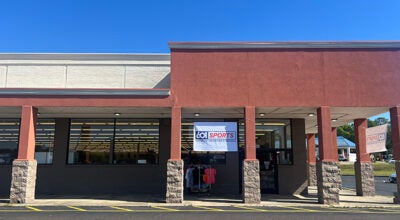Check azaleas now
Published 7:47 pm Saturday, March 25, 2017
Lace bugs are the most common insects pests of azaleas and populations are building now. Not every planting of azaleas will be heavily infested, but when heavy infestations do occur, they can cause extensive, unsightly damage.
Both the nymphs and adults cause damage by feeding on the undersides of the leaves with their sucking, piercing mouthparts. Initially, leaves have a ‘stippled’ appearance due to the light-colored spots that appear on the surface of the leaves.
This leaf stippling is sometimes mistakenly attributed to spider mites, resulting in improper treatments. Careful examination of the undersides of the foliage will identify the true problem.
The adults are approximately 1/8 inch long and have lacy white wings with dark markings.
Nymphs are smaller, dark-colored, and covered with spines. Cast skins of the nymphs accumulate on the undersides of leaves, along with the dark-colored, shellac-like excrement.
Azaleas growing in sunny locations are more likely to be heavily infested than those growing in filtered shade.
Lace bugs overwinter as eggs, and nymphs hatch in the spring. Plantings can experience heavy infestations by mid-April, but there are several generations per year, and populations can continue to build through the rest of the summer.
Heavy infestations will cause leaves to have a ‘bleached’ appearance and it can take quite a while for azaleas to fully recover from severe injury.
Systemic insecticides, such as imidacloprid are generally more effective than contact insecticides. Contact insecticides can be effective, but only if you get good spray coverage to the undersides of the leaves.
The imidacloprid soil drench is probably one of the easiest treatments for most homeowners. This is a good treatment to use preventively, especially on plantings that are susceptible to lace bugs because they are growing in the sun. Early spring is the best time to apply this treatment, but it can be used anytime in the growing season.
A foliar spray using acephate, or one of the contact insecticides, is a better choice for fast control of heavy infestations, but the imidacloprid drench provides longer residual control.
For best control of heavy infestations you may need to use both types of treatments. Apply a foliar spray for quick control and follow-up with the imidacloprid drench treatment.
Rebecca Bates is an MSU Extension-Lincoln County agent, and can be reached at 601-835-3460 or by e-mail at rebecca.bates@msstate.edu.





